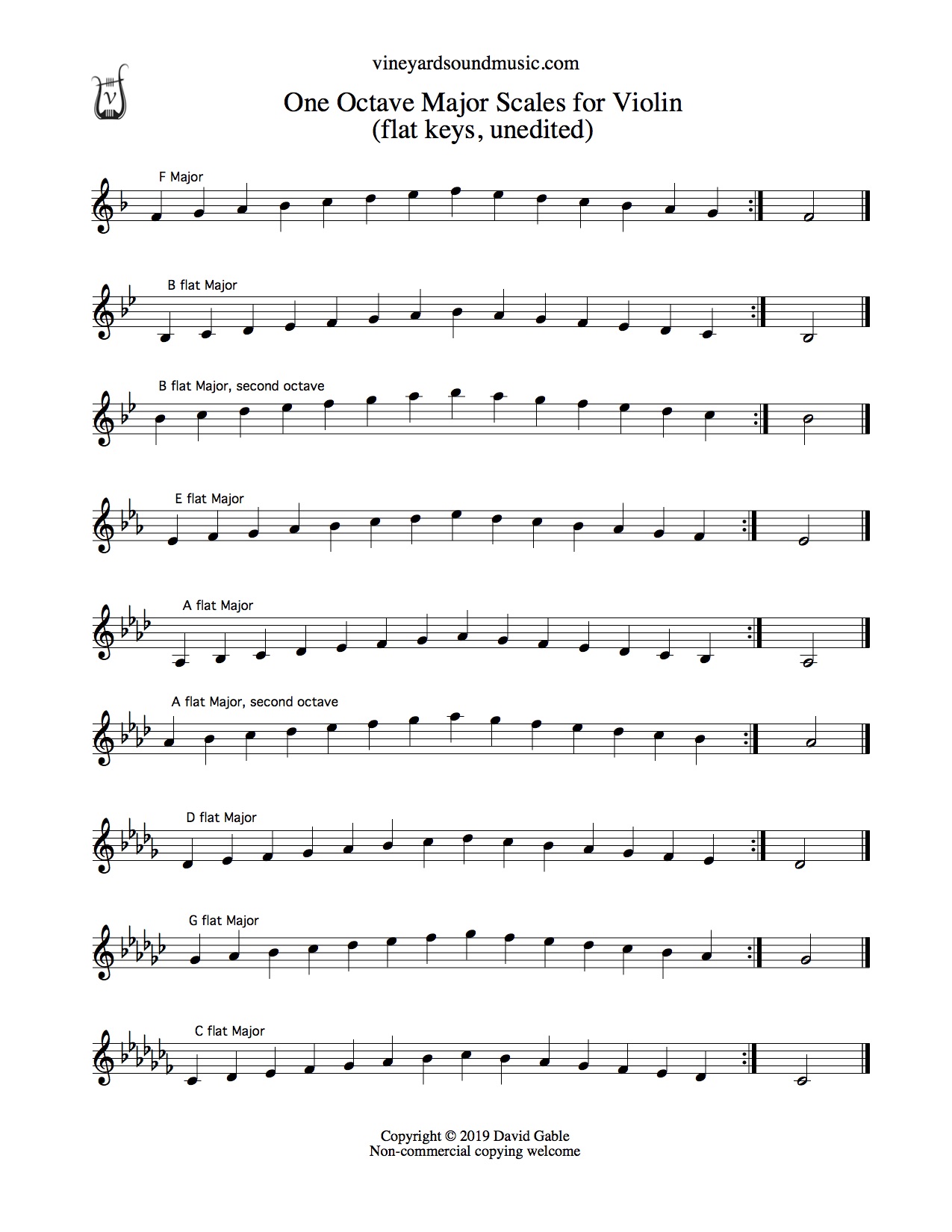

“Music has terminology and theory too!” they must say. Elsewhere, the name of the game is to sound the smartest… I guess to compete with other professions like doctors and lawyers. That’s my philosophy - to take the complicated and make it drop dead simple. I know my promise was big in the title of this lesson but didn’t I deliver? That means the diminished scale is nothing more than two diminished chords superimposed on top of each other.īut for now, I think the easiest way to think about the diminished scale is to take one diminished chord and basically fill in the notes a half-step before each note of your chord. So the half-step notes you added also form a diminished chord of their own! (This is the same chord ordered differently and with C# instead of Db). How about in this order and alternate spelling: Notice anything interesting about the notes we inserted: E + G + Bb + Db? Pretty simple! Another Diminished Scale Revelation So you have 4 notes in your regular chord… and 4 “inserted” notes which happen to be half steps before your original notes. (Notice, we didn’t put a half step in front of the first D because it started our scale… but we did insert a half-step note prior to the last “D.” That’s how it works). Remember, we’re slipping notes half-steps BEFORE so notice how we slip an “E” before the “F”… a “G” before the “Ab”… a “Bb” before the “B”… and “Db” before the “D.”ĭ + (E) + F + (G) + Ab + (Bb) + B + (Db) + D

Now, just slide in half step notes between each tone. If we were to do this with the D diminished 7:įirst, we identify the regular notes of this chord: Now, you’d skip the first note but don’t worry, we’ll get back to it at the END of our scale since scales start and end on the same note.Īnd I’m not too concerned with the spelling here… just the quick concept. Whole steps always skip a key with one key in between. Remember, half steps are from key to key with no keys in between. Identify the half steps before each individual note in the chord. Now that you know your chords, this is the only step you have to do. That’s why you only need to know 3 distinct sets of diminished chords. All the notes in the chord share the same notes in their own respective chords. So basically, the D diminished 7 has the same notes as the F diminished 7, which has the same notes as the B diminished 7, which has the same notes as the Ab diminished 7. In other words, you can transform the D Diminished 7 chord above into an F diminished 7 chord by simply taking the D off the bottom and putting it on the top:į diminished 7 (F + Ab + B + D) - again, written in slang or else it’d be F + Ab + Cb + Ebb If you learn these 3, you can play all the other diminished chords. See these two lessons here and here.ĭ Diminished 7 (D + F + Ab + B) - The “B” should really be named “Cb” but again, let’s keep it simple here. The ONLY prerequisite is that you know your diminished 7 chords, which are pretty easy because there’s only really 3 of them.Ĭ Diminished 7 (C + Eb + Gb + A) - The “A” should really be named “Bbb” but let’s keep it simple.Ĭ# Diminished 7 (C# + E + G + Bb) - Yes, you can mix sharps and flats. So here’s what you do to play any diminished scale.
Second notes on the d scale how to#
How to play any diminished scale in seconds (Well, I take that back… 80% wouldn’t try but there are those “dedicated few” - the 20% - who make an effort tackle stuff like this). I knew many wouldn’t even try to learn the diminished scale in all 12 keys because it simply has too many notes. And here we are at a diminished scale, which has 8). Heptatonic scales have 7 (like major scales). Hexatonic scales have 6 (like blues scales). (Incidentally, there’s such a thing as pentatonic scales, which have 5 notes. The other day, I answered a question regarding popular gospel scales one can play - and the diminished scale was on my list.īut it haunted me because this is a pretty big scale… 8 notes to be exact.


 0 kommentar(er)
0 kommentar(er)
